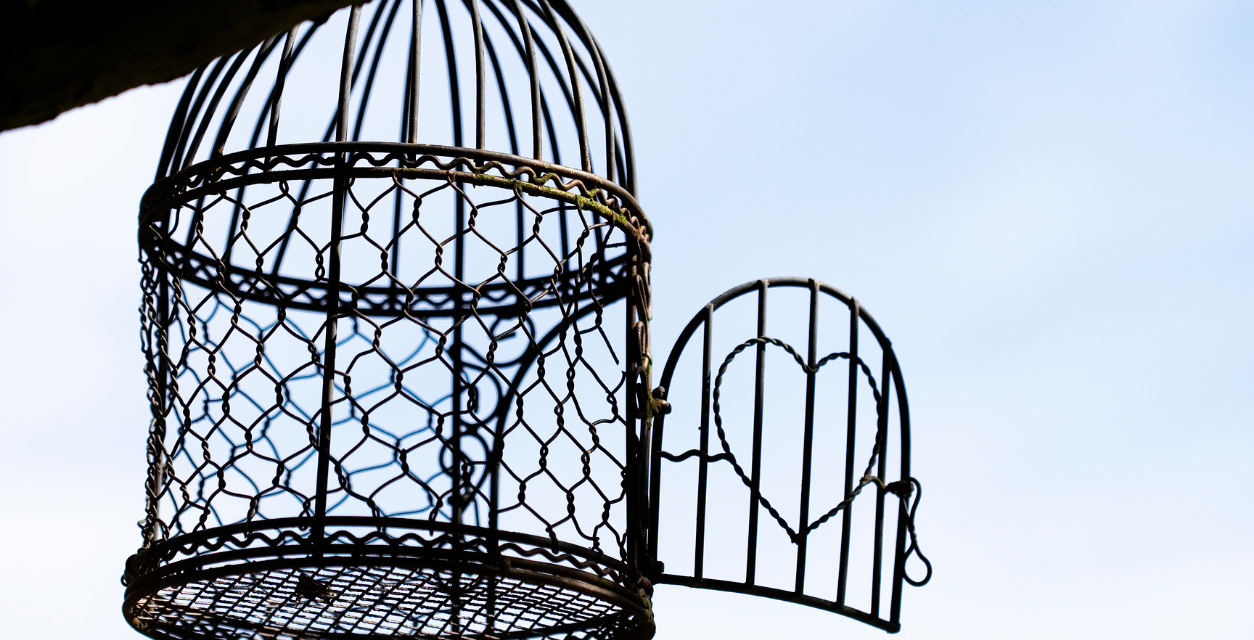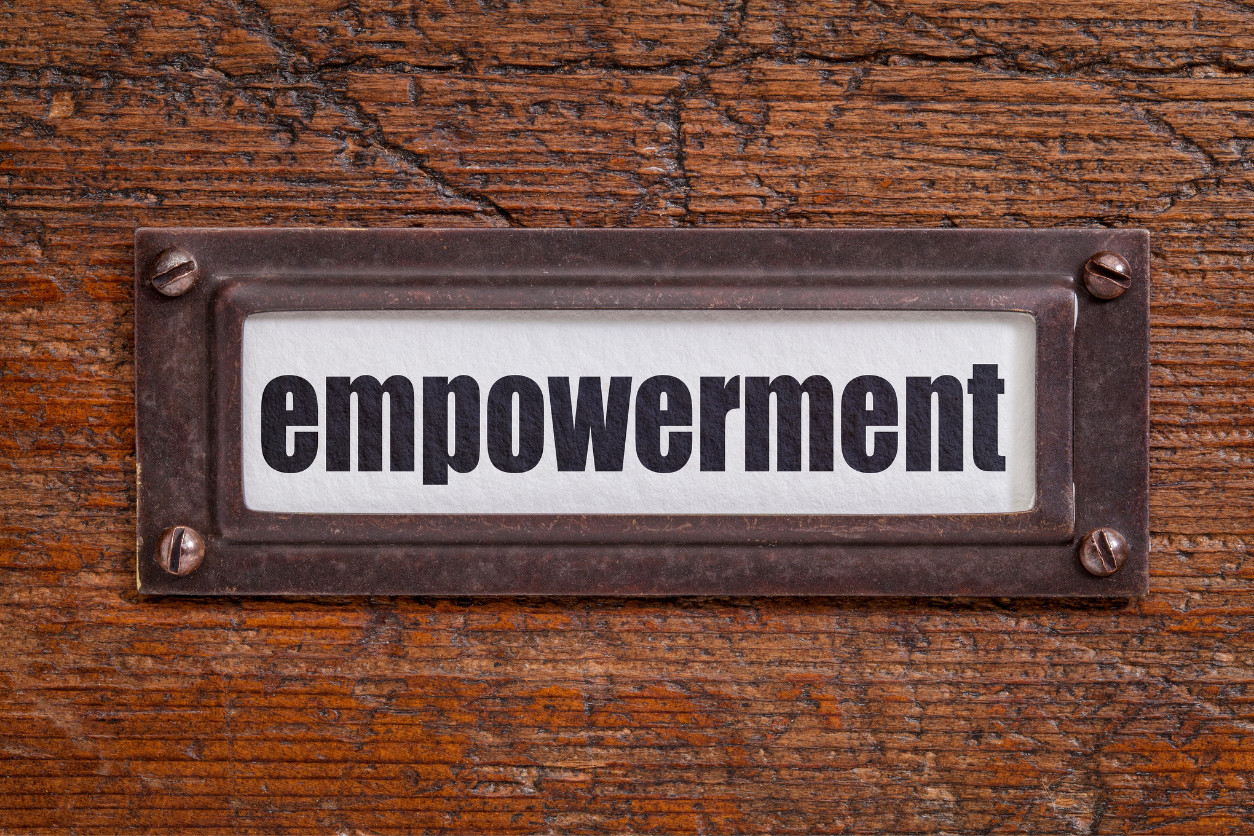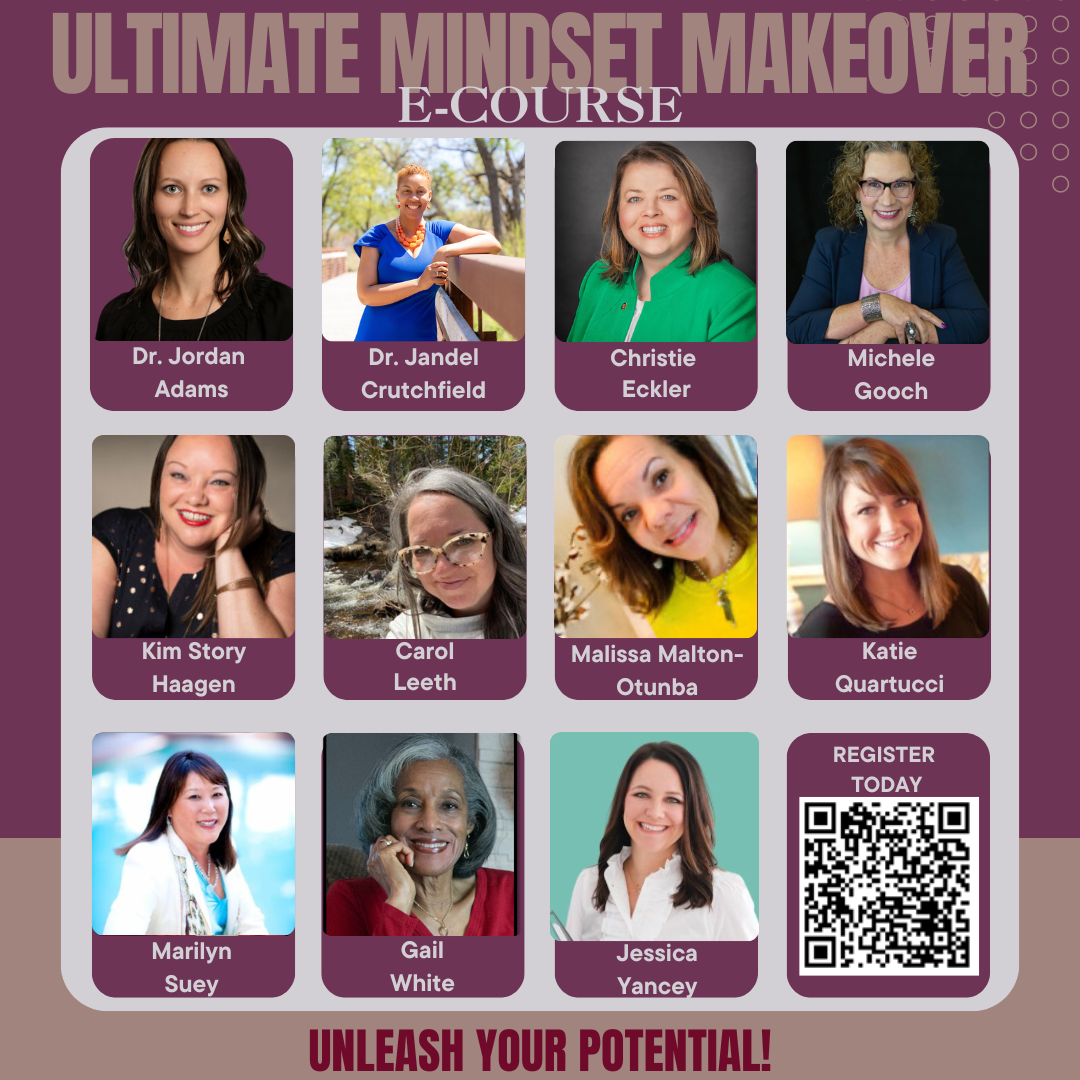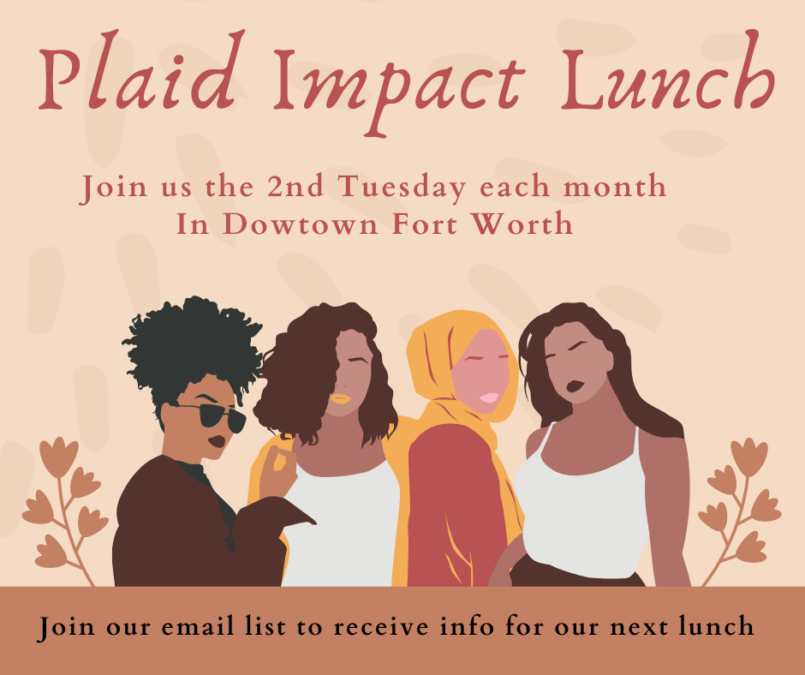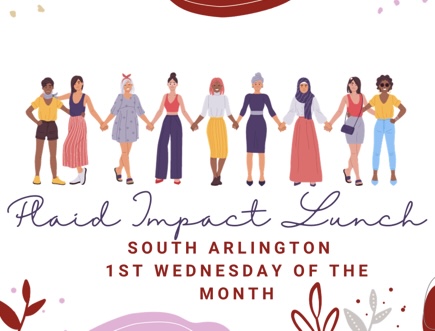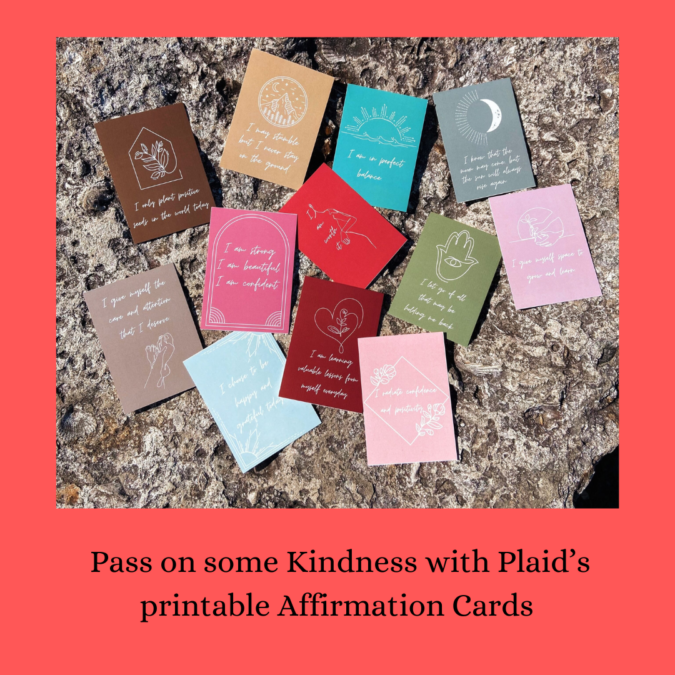I’ve always been a helper. If there was a gold star up for grabs, I would be the first to put away the dishes or beat the erasers. If those gold stars were real, I would be rich!
The problem is that I never learned how to set proper boundaries. In hindsight, it was easy to see that I was a good mark as a helper, unpaid babysitter, college paper typist and dating service manager. It felt good to be helpful and contribute to the betterment of others. But along the way, my help became an expected service. When a friend accused me of always saying “yes” but grumbling about it later, I knew I needed to rethink my approach.
Does any of this sound familiar? It might. Think about how often we are told or encouraged to say “yes” to things that we may not really want to do. Countless books, articles, blogs and even television shows are dedicated to the notion that saying “yes” can change our lives for the better. And while that may be true in many instances, what about learning to say no – and doing so without the guilt that often comes with it?
Over a decade ago, Dr. Harriet Braiker, social and clinical Ph.D. psychologist, best-selling author, and internationally renowned expert in women’s issues, published her landmark book, The Type E* Woman: How to Overcome the Stress of Being Everything to Everybody. Braiker profiles a high achieving archetype of a woman who has been shaped by her upbringing, societal expectations, popular culture and her own deeply held beliefs who sounds remarkably like, well, me.
Dr. Braiker also outlines several examples of the faulty thinking the Type E woman often embraces, including the need to be perfect, to take on too much, to wonder why she can’t do more, to ignore how tired she is and to be a “people pleaser”.
Seeing these examples in the harsh light of a reading lamp made me laugh at first. “These women might be whiners, I thought.” But days later, when the ideas were still sitting stodge-like in my mind, I slowly began to realize that they might be true for me, too.
It is said that the first step to recovery is to admit we have a problem. Frankly, that was the easy part.
The path to “recovery” proved infinitely more difficult. I can’t say I am completely free of these damaging beliefs that leave me without appropriate boundaries. But here’s where I have come out:
1. I want and need firm boundaries in my life that allow me the space and time to care for myself and my family.
2. I can accomplish more when I take care of myself.
3. No one seems offended or thinks less of me when I explain and enforce my own boundaries. (Big surprise!)
4. Effective boundaries reduce stress considerably, which makes me better in all my roles.
Even though I have changed (most) of the underlying beliefs that got me into trouble in the first place and have improved my ability to set and enforce effective healthy boundaries, I worry that I may be losing out on some important things in life. In essence, have my beautiful boundaries that I put up by saying “no” become a gilded cage?
A cage can be a safe place. It can provide the ideal place to snuggle and rest in safety, but it can also be a place to go when we need to exclude people or experiences that would allow us to grow.
Once this thought crystalized, it required some work. Many of us set goals for ourselves for the 12 months ahead. Working with my clients in this regard, we explore the areas where it is perfectly OK to stay in a safe, gilded “cage” and where boundaries need to be pushed, expanded or even broken to achieve meaningful goals. An exercise I ask my clients to do is a Value Analysis. The process requires the user to identify and categorize her most important values from a big list and then refine that list further so that ultimately, the client discovers the values most important to her. After this exercise is complete, we discuss whether the boundaries the client wants to expand, push or break align with her values.
In the last few years, I have completed the process a couple of times myself to shed light on whether my boundaries were serving me or locking me into a place I didn’t want to be. It’s remarkable how useful this exercise can be and how much our answers might change as we grow and learn.
Happily, while I did uncover a few situations where I allowed my boundaries to confine instead of protect me, in general, I felt well served by them. Importantly, I was able to bring this self-awareness to the women I counsel and learn from every day.
If you want to learn more, I recommend Dr. Braiker’s book wholeheartedly. You can also contact me about the Value Analysis.
Be Well!

